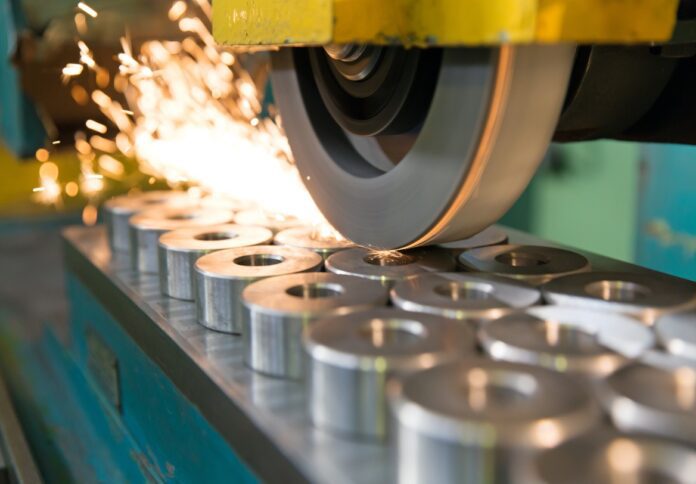
Australia’s manufacturing sector experienced its strongest improvement in nearly two-and-a-half years in March, driven by rising new orders and renewed production growth, according to the latest S&P Global Australia Manufacturing Purchasing Manager’s Index (PMI).
The seasonally adjusted PMI rose to 52.1 in March, up from 50.4 in February, marking the highest level since October 2022, as revealed in a news release.
The latest data signaled a sustained expansion in manufacturing conditions for the third consecutive month. The acceleration was attributed to increased demand and enhanced production capacity.
Manufacturing production expanded at the most pronounced pace since late 2022, with Australian manufacturers reporting the fastest rate of new order inflows in 28 months.
According to survey respondents, stronger domestic economic conditions, marketing efforts, and client restocking contributed to this uptick. However, export orders declined, reflecting ongoing external demand challenges.
Employment in the manufacturing sector also showed a positive trend, with the strongest rate of job creation in two years.
Firms reported hiring additional staff to support growing demand and backfilling previously vacant positions. This increase in workforce capacity facilitated backlog clearance, though the rate of backlog depletion was the slowest in over two years.
Increased purchasing activity among manufacturers was another notable development in March. After nearly two-and-a-half years of contraction, input acquisition returned to expansion, leading to a rise in stocks of purchases for the first time in over a year.
Respondents cited higher current and expected sales as reasons for increased procurement and stockpiling.
Despite the overall positive momentum, supply chain disruptions remained a concern. Vendor delivery times lengthened further in March, with Cyclone Alfred contributing to shipment delays.
Additionally, while manufacturers continued to express optimism for future sales growth, business confidence softened compared to February, partly due to concerns over potential U.S. tariff impacts.
On the pricing front, input costs rose steeply, with firms citing higher raw material, transportation, and finance expenses.
However, output price inflation eased as manufacturers absorbed some of these cost increases to remain competitive.
Jingyi Pan, Economics Associate Director at S&P Global Market Intelligence, noted the positive developments but also pointed to areas of caution.
“March’s manufacturing PMI data brought positive news with indications of the strongest improvement in manufacturing sector conditions in nearly two-and-a-half years. The latest expansions of goods new orders and output represented a nascent recovery of the sector,” Pan said.
She also highlighted mixed forward-looking indicators. “Some forward-looking indicators brought conflicting signals regarding growth in the coming months, with the level of business confidence notably having eased in March.”
Pan acknowledged the employment gains and restocking efforts as encouraging signs. “It was encouraging to see the rise in demand driving the fastest rise in employment in two years. Firms were also seen willing to backfill positions that were left empty previously in anticipation of higher future production.”
Regarding price trends, she pointed to the challenges ahead. “The reduction in selling price inflation is a positive development, but the squeeze on margins amid another steep rise in input prices will need to be monitored.”




















